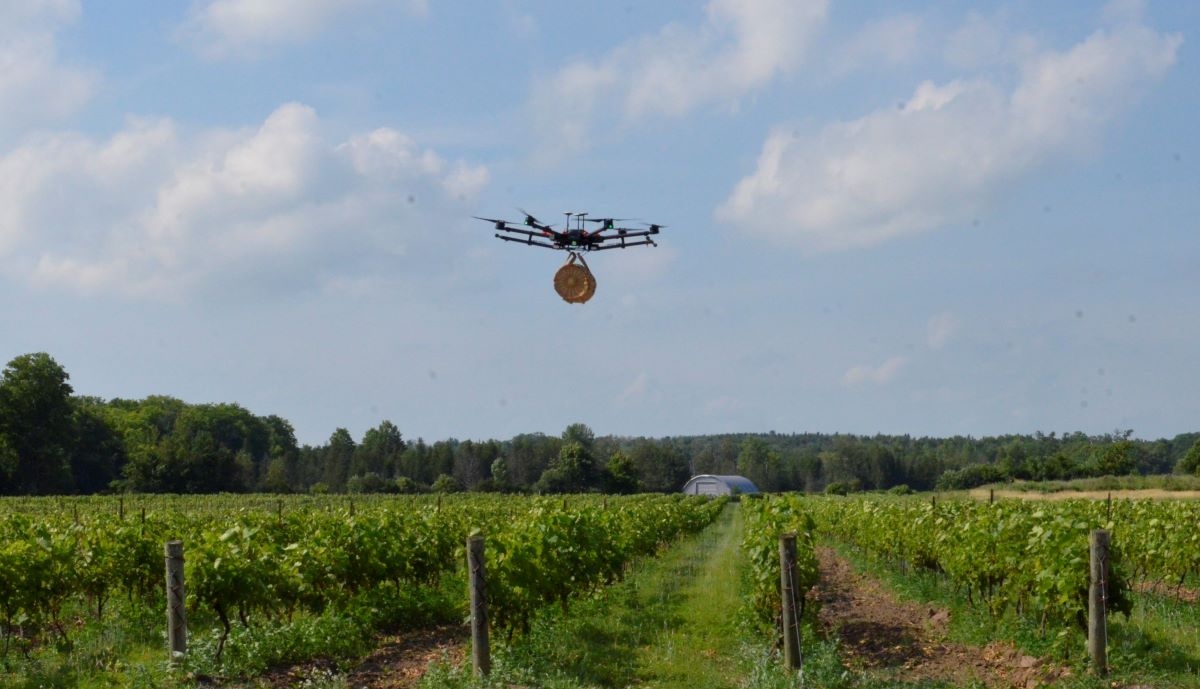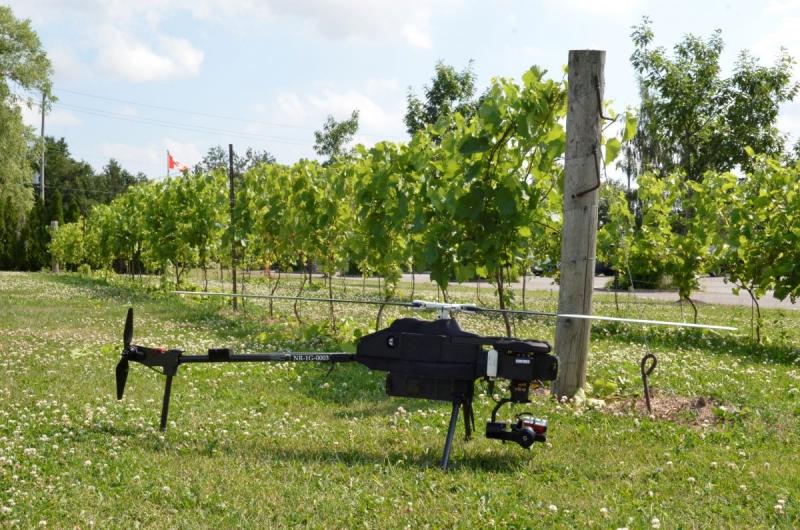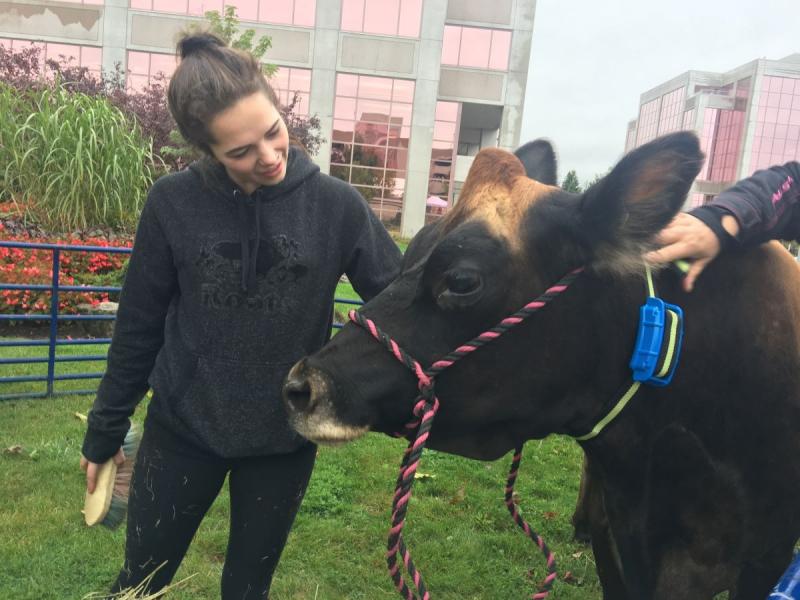
Marching backwards into the 5G future
Madison Avenue’s knack for hyperbole would have us believe that every new product is revolutionary rather than a mere upgrade. Bells and whistles do not a revolution make, as in; so what if my refrigerator spits out ice? Automobile basics have not really changed since the Model-T, nor has assembly line mass manufacturing. Renewable sources aside, the electrical grid and the dissemination of cheap power has not changed since the lighting of cities at the end of the nineteenth century. Information networks date back to encoded data transmission via telegraph wires and voice over the first Bell lines. 1G (first generation) mobile analog voice networks (and your medieval cell phone) only untethered us, eons before 4G LTE ushered in the mobile Internet and a society addicted to staring at a magic rectangle. If you feel the Internet is already too intimately grafted to your visual cortex, then look out (or at least up). Here comes the 5G revolution.
Tech news these days is dominated by 5G, so if you’re flummoxed by what it all means, well, you’re not alone. But while the impending effects of mobile data’s fifth generation remain fuzzy, its business impact is already being felt here at home. Quebec’s Videotron recently signed a 5G deal with Samsung, marking the first time the S. Korean multinational conglomerate is supplying network solutions in Canada. Videotron President and CEO Jean François Pruneau stated, “LTE Advanced and 5G will undoubtedly revolutionize [there’s that word again] the way we interact with our loved ones and the environment around us.” Translation: Our relationships may be further virtualized, and; the Internet will become ubiquitous.
The New York Times dubbed the iPhone the holy grail of technology; a consumer network device into which just about any function could be installed. It was the dawn of the 4G mobile Internet. Technology progresses in a chicken-and-egg fashion. Innovations in hardware spawn new user experiences, demanding greater network capacity, speed, etc. Try to tally the flood of new services and products since the advent of smartphones 12 years ago, so many of which may be of dubious value. If you were a fan of HBO’s Silicon Valley, you may recall a term coined by the Satan-worshiping data scientist Gilfoyle: solutionism. Create a solution for a problem that doesn’t exist; hence, household appliances that stealthily monitor your conversations and spit out to-do lists. The impact will be felt across the full spectrum of applications, and companies are preparing for roll out.

Huawei has an invitation-only presentation centre in its Markham facility designed to the eyeballs to showcase its 5G vision. Room after room, phones and displays installed like artwork, the polyphonic tide of the company’s futurist dream dazzles the visitor. Picture the bridge of the USS Enterprise with complimentary Nespresso. Leo Seto is Huawei Canada’s senior solutions manager and he loves to talk 5G. “Canada is a bit behind when it comes to 5G deployment,” Leo says. “Bell and Telus went with fibre covering about 80 per cent of urban areas. Wireless takes us all the way and more efficiently including rural and remote regions.”
So what are the differentiators and advantages of 5G over current 4G networks? Essentially, 5G delivers faster, higher quality mobile broadband services. All network generational upgrades have, but 5G is going to be a big, big leap because it can expand into new highly demanding, mission-critical service areas that require ultra-low latency and a super high degree of speed and reliability. Latency, that delay between machine-talk “knock-knock” and “who’s there?” must be split-split second tops for applications that will become a part of our daily lives. One day soon, safety-related systems in autonomous vehicles will require connectivity to everything in and around them, meaning massive data in sixteen lanes of the 401 crossing the GTA. Industrial/robotic controls, real-time medical applications, and drones operating in controlled airspace are all mission-critical services.
5G is all about the Internet of Things (IoT), that stuff beyond your desktop that makes computing and networks more and more ubiquitous. Products like connected refrigerators assume the kitchen to be the centre of the home, and potentially the centre of a domestic digital ecosystem. That inky whiteboard on the fridge door is replaced by a touchscreen connecting car, phone, home security, and virtually everybody and every Internet thing inside and out.
Entire prototype communities are on the horizon. Google-affiliate Sidewalk Labs is developing a smart neighbourhood on old industrial waterfront in Toronto. The idea is to populate an eco-friendly neighbourhood with robots and sensors that collect a wide range of data about urban life in order to design better and greener communities. The original proposal of 0.7 sq. km has been scaled down to 4.8 hectares. Privacy activists want to know why a company that already owns over 90 per cent of search has been given such a sweet deal by the city. Advocates believe it prepares Toronto for a new generation of start-ups. For better or worse, only 5G networks can enable this kind of world.

On the better side, Leo Seto has a catalogue of incredible Huawei demonstrations. Brace yourselves: connected cows. A recent event at the company’s Markham office featured a dairy cow munching on the lawn with an unusual device around her neck. Bovine estrus is mission-critical in a herd, but traditional monitoring is insufficient for the farmer to get the timing right. Its occurrence and duration are somewhat random, but farmers need to be notified immediately in order to increase yield. 5G provides a cost-effective solution with wide, reliable network coverage and low battery consumption by the wearable monitors
Huawei Canada’s Intelligent Winery Event in August 2019 demonstrated the use of aerial drones for monitoring the health of a vineyard. Willow Springs Winery in York Region has signed a 5-year deal with Huawei to research agricultural applications. Instead of walking many hectares of rows every week, irrigation, disease, and overall quality of grapes can be monitored with sensors from above in a matter of minutes. Daily reports can be sent anywhere in the world. Drones can even act as scarecrows. They’re already delivering wine and glassware to wedding guests and other visitors to Willow Springs. And again, only 5G can do this.
We can’t quite grasp what is going on around us, submerged as we are in media and technology. “We look at the present through a rear-view mirror. We march backwards into the future,” once wrote an Elizabethan poetry scholar. It will be a while before we can understand the impact on human intelligence of asking Google to turn off the lights, but we’re seeing clues. A 17-year old cyber-Bart Simpson recently hacked into a family’s home network in the US and tormented them for hours. 5G is enabling remote surgery. Pop culture is imagining robotic tattoos over distance. Videotron’s 5G promises to enhance “the way we interact with our loved ones and the environment around us.” Our devices may very well become our loved ones, and more and more our environment will become the Internet of Things. One thing’s for sure; it’ll be weird.
Photos: Courtesy of Leo Seto of Huawei













